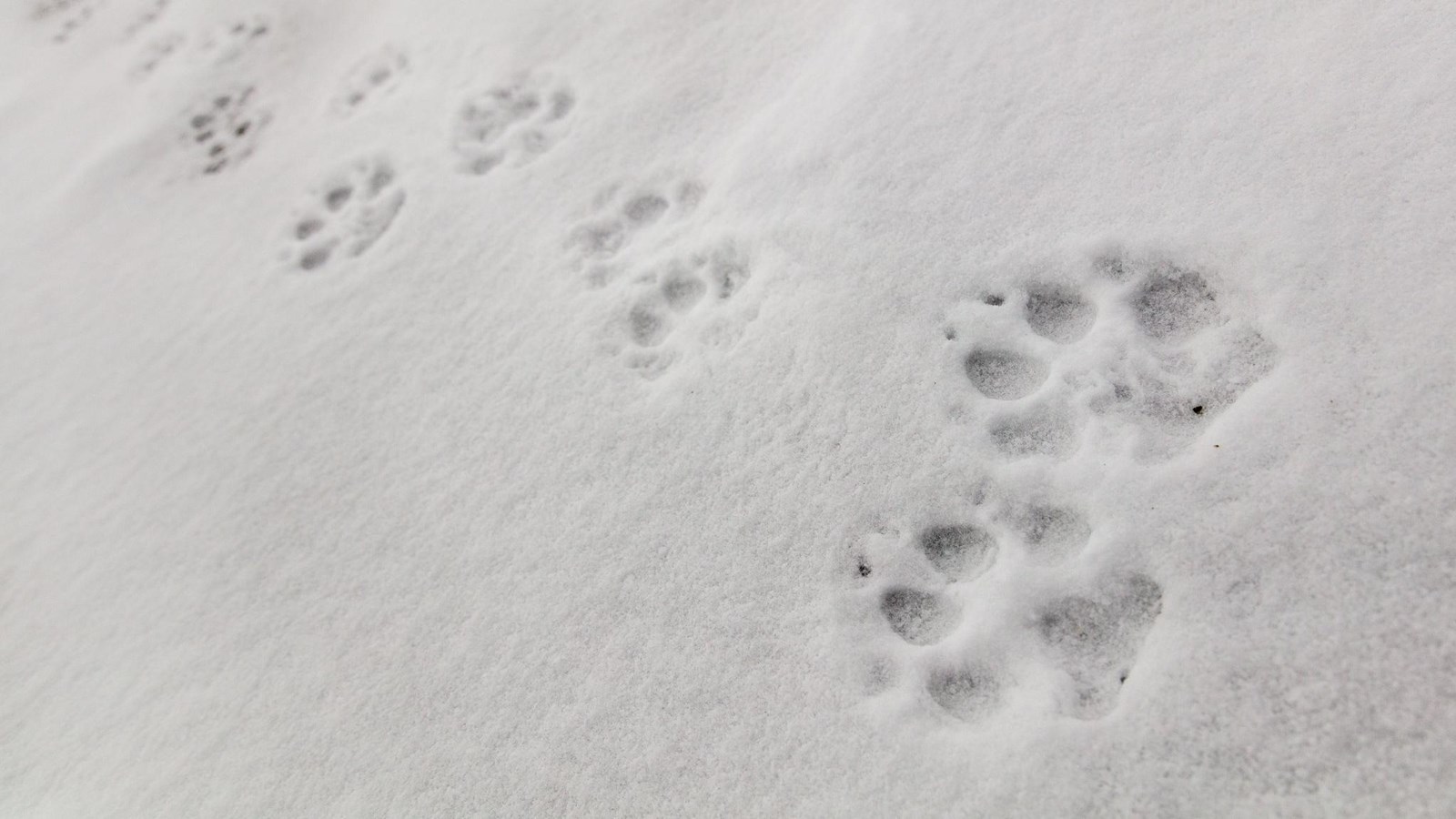Last updated: December 3, 2024
Place
Wolf Tracks

NPS / Jacob W. Frank
Historical/Interpretive Information/Exhibits
Wolves have abundant prey in the northern range. For example, the carcasses of elk, bison, and other large mammals each become ecosystems of their own.
Researchers have identified at least 57 species of beetle associated with these ungulate carcasses on the northern range. Only one of those species eats ungulate meat. The rest prey on other small scavengers, especially the larvae of flies and beetles. Others consume carcass by-products such as microscopic fungal spores.
In this very busy neighborhood, thousands of appetites interact until the carcass melts away and everybody moves on.
Wolves and the Food Web
Accumulated studies show that the loss of wolves from the food web on the northern range in the 1930s led to a loss of willows and other woody plants by allowing excessive grazing by elk. Most researchers agree that reintroduced wolves have caused elk to change their behavior and many studies have shown a correlation between the presence of wolves and increased growth in willows.
It is too soon to know for sure if this trophic cascade is actually happening, and how extensive it might be--or if it is just one of many factors at work.
